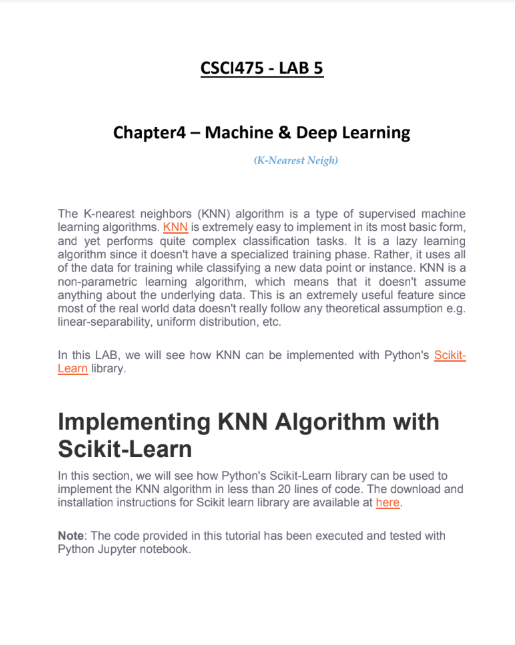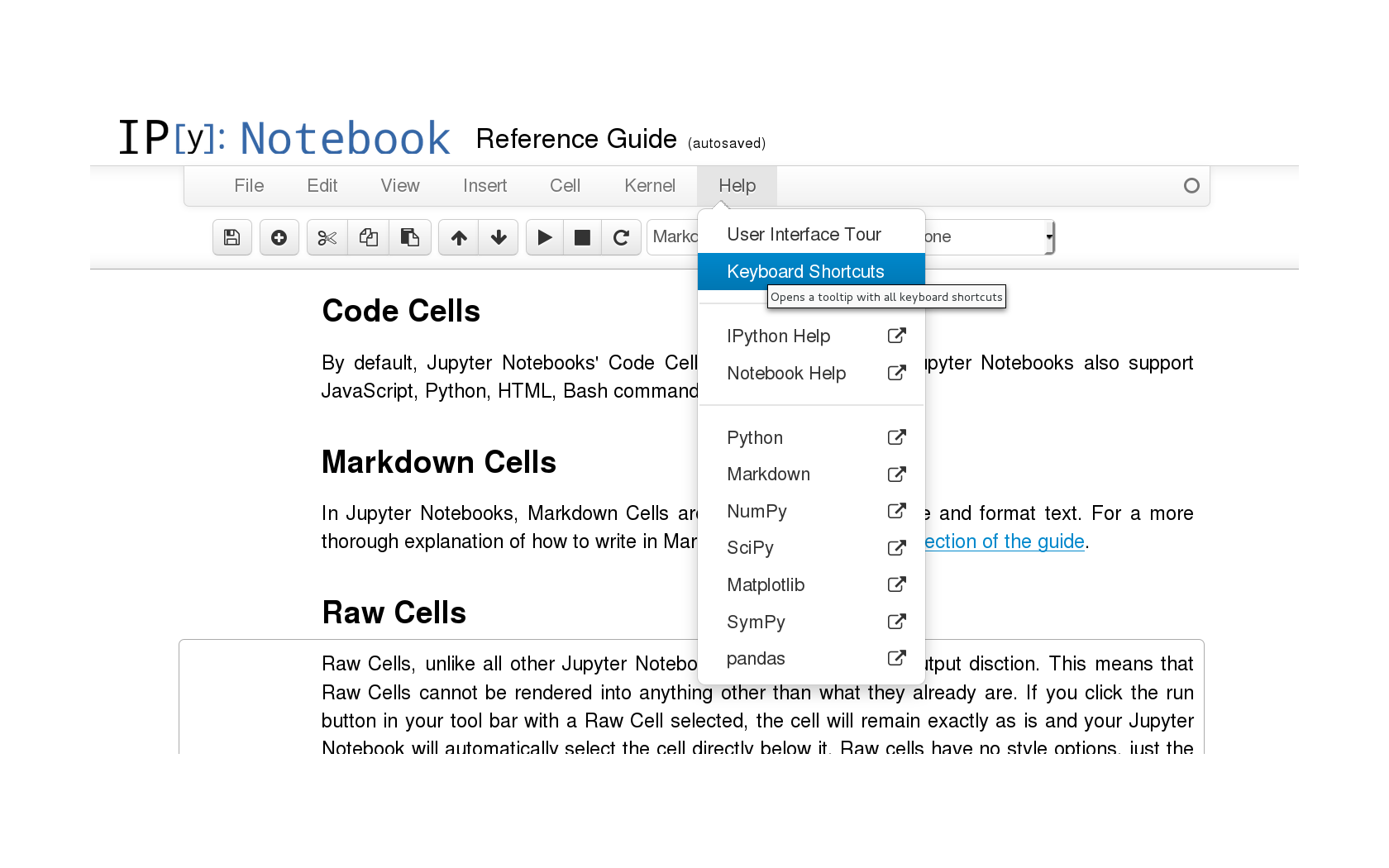
- #JUPYTER NOTEBOOK TUTORIAL ADDING A FILE HOW TO#
- #JUPYTER NOTEBOOK TUTORIAL ADDING A FILE INSTALL#
- #JUPYTER NOTEBOOK TUTORIAL ADDING A FILE ARCHIVE#
#JUPYTER NOTEBOOK TUTORIAL ADDING A FILE INSTALL#
If you prefer to not install Conda, the same setup and dependencies can be achieved by using another package manager such as pip. If you do not have Jupyter Notebook installed, you may need to run:Ĭonda install jupyter notebook Having trouble getting a compatible Python environment set up? Contact LP DAAC User Services.

These metrics are based on the directional gap probability profile derived from the L1B waveform and include canopy cover, Plant Area Index (PAI), Plant Area Volume Density (PAVD) and Foliage Height Diversity (FHD).ġ.2 Set Up the Working Environment and Retrieve FilesĢ.1 Open a GEDI HDF5 File and Read File Metadataģ.1 Subset by Layer and Create a Geodataframeħ.1 Import, Subset, and Quality Filter all Beamsħ.3 Visualize All Beams: Canopy Height, Elevation, and PAIīefore Starting this Tutorial: Setup and Dependencies The purpose of the L2B dataset is to extract biophysical metrics from each GEDI waveform.GEDI L2B Canopy Cover and Vertical Profile Metrics Data Global Footprint Level - GEDI02_B.001.
#JUPYTER NOTEBOOK TUTORIAL ADDING A FILE HOW TO#
This tutorial will show how to use Python to open GEDI L2B files, visualize the full orbit of GEDI points (shots), subset to a region of interest, visualize GEDI canopy height and vertical profile metrics, and export subsets of GEDI science dataset (SDS) layers as GeoJSON files that can be loaded into GIS and/or Remote Sensing software programs. The goal of the project is to use GEDI L2B data to observe tree canopy height, cover, and profile over Redwood National Park in northern California. This tutorial was developed using an example use case for a project being completed by the National Park Service. The L1B and L2 GEDI products are archived and distributed in the HDF-EOS5 file format.
#JUPYTER NOTEBOOK TUTORIAL ADDING A FILE ARCHIVE#
The Land Processes Distributed Active Archive Center (LP DAAC) distributes the GEDI Level 1 and Level 2 products.

GEDI is attached to the International Space Station and collects data globally between 51.6° N and 51.6° S latitudes at the highest resolution and densest sampling of any light detection and ranging (lidar) instrument in orbit to date. The GEDI instrument produces high resolution laser ranging observations of the 3-dimensional structure of the Earth. The Global Ecosystem Dynamics Investigation ( GEDI) mission aims to characterize ecosystem structure and dynamics to enable radically improved quantification and understanding of the Earth's carbon cycle and biodiversity. Getting Started with GEDI L2B Data in Python This tutorial demonstrates how to work with the Canopy Cover and Vertical Profile Metrics ( GEDI02_B.001) data product.


 0 kommentar(er)
0 kommentar(er)
